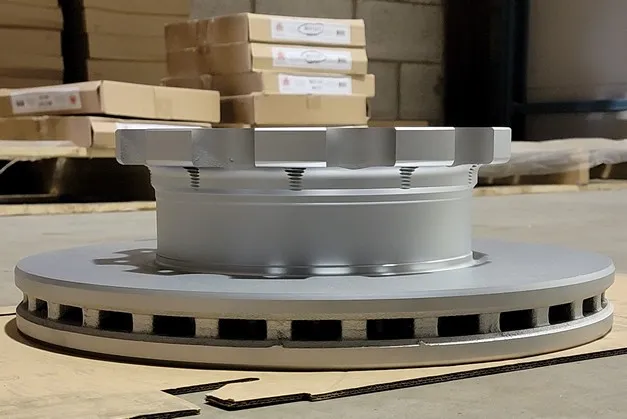Different Types of Brake Systems
April 15, 2023Brakes are an essential component of any vehicle, responsible for slowing down or stopping its motion. There are different types of brake systems available, each with its own set of advantages and disadvantages. In this blog post, we will explore the different types of brake systems used in vehicles.
- Disc Brakes: Disc brakes are the most common type of brake system used in modern vehicles. They consist of a rotor attached to the wheel, and a caliper that contains brake pads. When the brake pedal is pressed, the caliper squeezes the brake pads against the rotor, slowing down the vehicle. Disc brakes are reliable and offer excellent stopping power, making them ideal for high-performance vehicles.
- Drum Brakes: Drum brakes were commonly used in older vehicles but are still used in some cars today. They consist of a drum attached to the wheel, and a set of brake shoes that press against the inside of the drum. Drum brakes are less efficient than disc brakes and are prone to overheating. However, they are cheaper to manufacture and are still used in some low-cost vehicles.
- Anti-Lock Braking System (ABS): ABS is a safety feature that prevents the wheels from locking up during hard braking. When the ABS detects that a wheel is about to lock up, it reduces the brake pressure on that wheel, allowing it to rotate freely. This improves the vehicle's stability and reduces the risk of skidding.

- Regenerative Braking System: Regenerative braking is a system used in hybrid and electric vehicles that converts the kinetic energy of the vehicle into electrical energy. When the brakes are applied, the electric motor acts as a generator and converts the kinetic energy into electrical energy, which is stored in the battery. This system improves the vehicle's efficiency and reduces the wear on the brakes.
- Hydraulic Brakes: Hydraulic brakes use a fluid to transfer the force from the brake pedal to the brake pads. When the brake pedal is pressed, it creates pressure in the brake lines, which in turn applies pressure to the brake pads. Hydraulic brakes are efficient and offer excellent stopping power.
In conclusion, there are different types of brake systems available, each with its own set of advantages and disadvantages. Disc brakes are the most common and offer excellent stopping power, while drum brakes are cheaper to manufacture but less efficient. ABS and regenerative braking systems are safety and efficiency features used in modern vehicles, while hydraulic brakes offer excellent stopping power and efficiency. Understanding the different types of brake systems can help you choose the right one for your vehicle.


